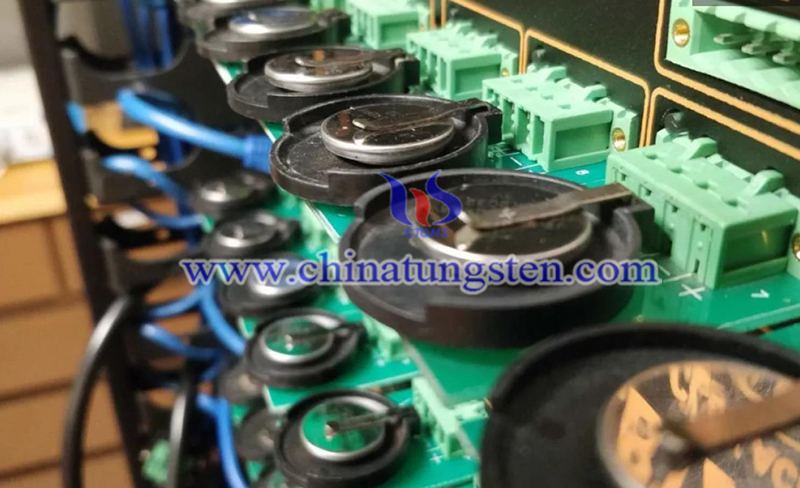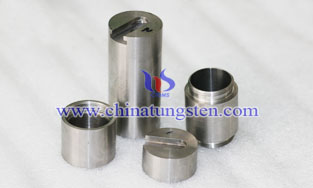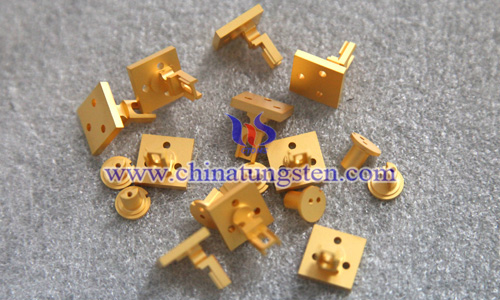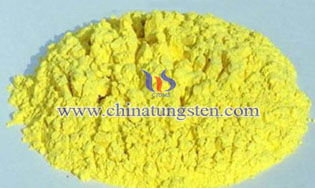UT Austin Quadruples Lifespan of Lithium-Sulfur Batteries
- Details
- Category: Tungsten's News
- Published on Thursday, 11 June 2020 21:09
- Hits: 826
A new tech of the University of Texas Austin (UT Austin) quadruples lifespan of lithium-sulfur batteries. Li-S batteries are hailed as the next-generation battery technology, which is expected to make mobile phones, electric vehicles, and other products last longer, and compared with current lithium-ion batteries, such batteries can be produced in a more environmentally friendly manner and sustainably. However, the service life of such batteries is shorter than that of lithium-ion batteries and will deteriorate over time.
According to foreign media reports, a team of researchers at the Cockrell School of Engineering at UT Austin has found a way to make the most challenging part of the lithium-sulfur batteries stabilized and accelerated the commercialization of Li-S battery technology. The team developed a lithium-sulfur battery featuring a protective layer of a rare metalloid called tellurium, which is most often used in photovoltaic solar cell production. This sits atop the lithium-metal electrode and limits the dendrites, leading to a substantially longer battery lifespan.

Lithium is a reactive element that will decompose other elements around it. Each charge-discharge cycle of a lithium-sulfur battery will form needle-like moss deposits on the lithium metal anode (battery negative electrode), causing a reaction that will cause the overall degradation of the battery. The deposit will decompose the electrolyte that transports lithium ions back and forth and may trap some lithium so that the electrode cannot provide enough energy to allow the battery to be used for a long time. In addition, this reaction can also cause a short circuit in the battery and may cause a fire.
The artificial tellurium layer formed on the lithium electrode can protect the electrolyte from degradation, and reduce the moss structure formed during charging and trapping lithium. The researchers said that this method can also be applied to other lithium-based batteries and sodium-based batteries, and has applied for a temporary patent for this technology. In addition, the stable layer can be formed by a simple in-situ process without the need for expensive or complicated pretreatment or the use of a lithium metal anode coating process.
Solving the instability of lithium-sulfur batteries is the key to prolong their service lifespan and make them more widely used. Researchers from UT Austin say that lithium-sulfur batteries are now best suited for devices that require light batteries, and can run for a long time on a single charge without multiple charge cycles, such as drones. In addition, such batteries also have the potential to play an important role in extending the range of electric vehicles and increasing the adoption rate of renewable energy.
Both the positive and negative electrodes in lithium-sulfur batteries hold 10 times as much charge capacity as the materials used in today's lithium-ion batteries, which means they can deliver much more use out of a single charge. Sulfur is widely available as a byproduct of the oil and gas industry, making the batteries inexpensive to produce. Sulfur is also more environmentally friendly than the metal oxide materials used in lithium-ion batteries.
- Tungsten Manufacturer & Supplier, Chinatungsten Online: www.chinatungsten.com
- Tungsten News & Prices of China Tungsten Industry Association: www.ctia.com.cn
- Molybdenum News & Price: news.molybdenum.com.cn
- Tel.: 86 592 5129696; Fax: 86 592 5129797; Email: sales@chinatungsten.com








 sales@chinatungsten.com
sales@chinatungsten.com